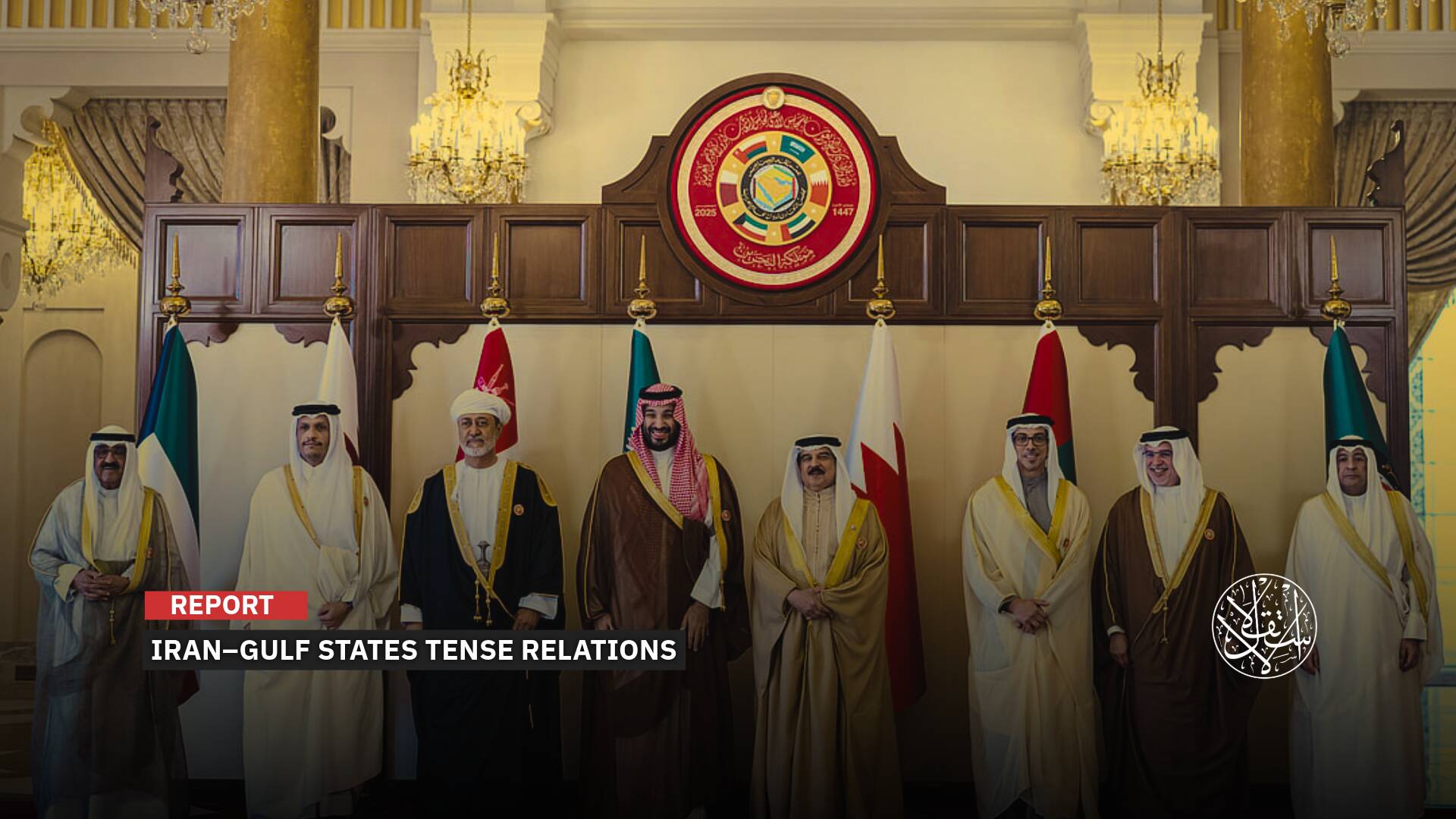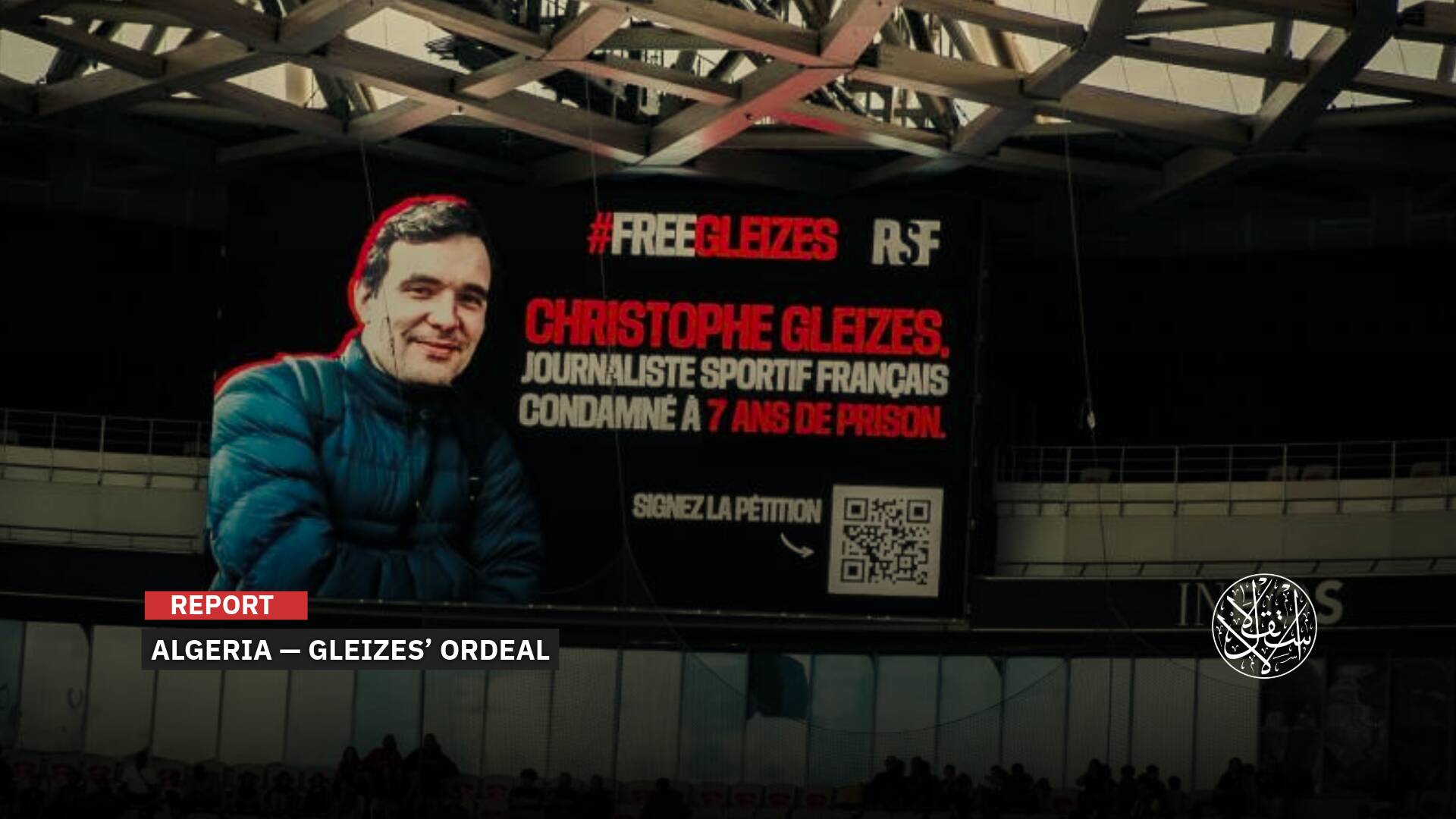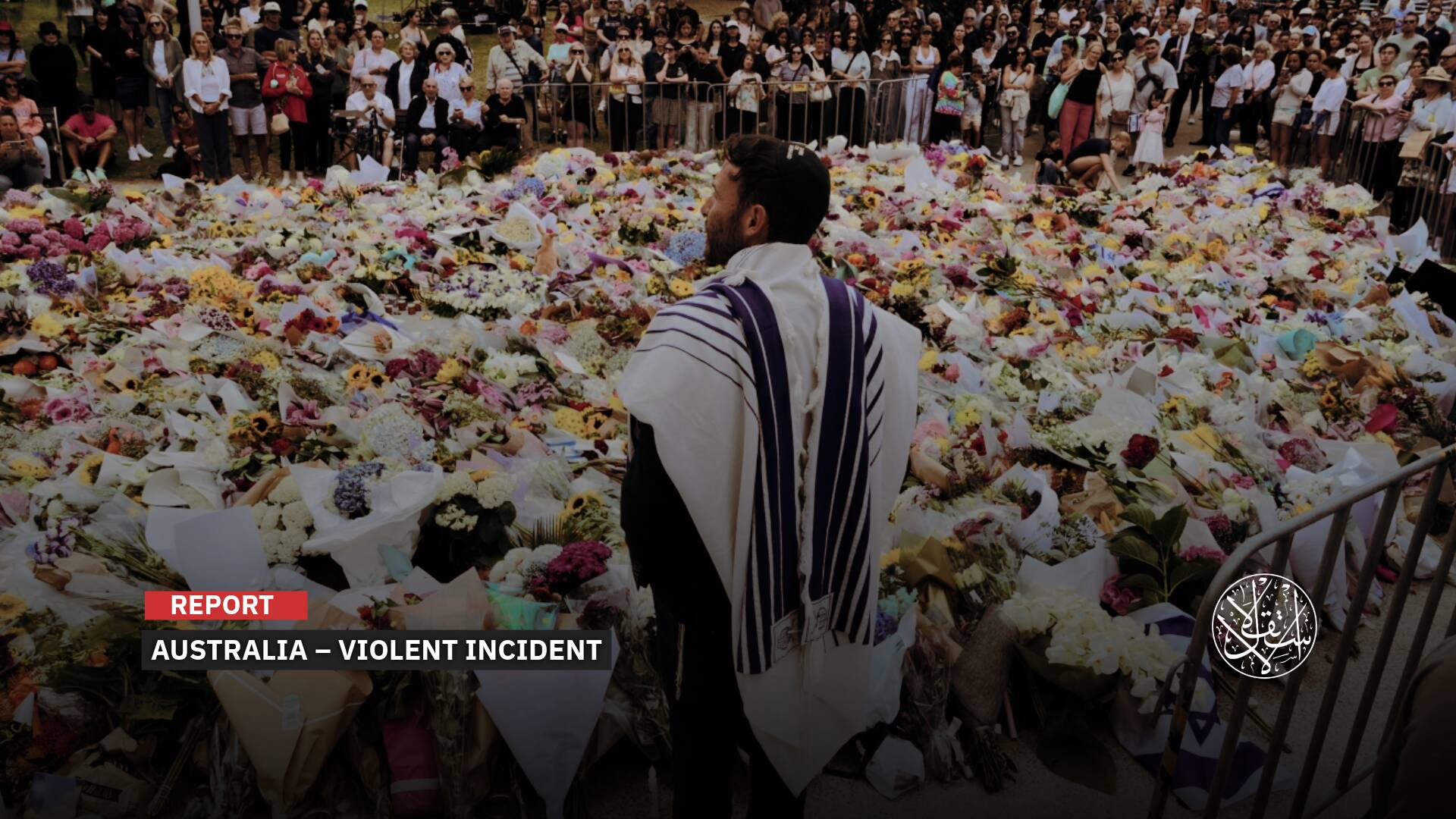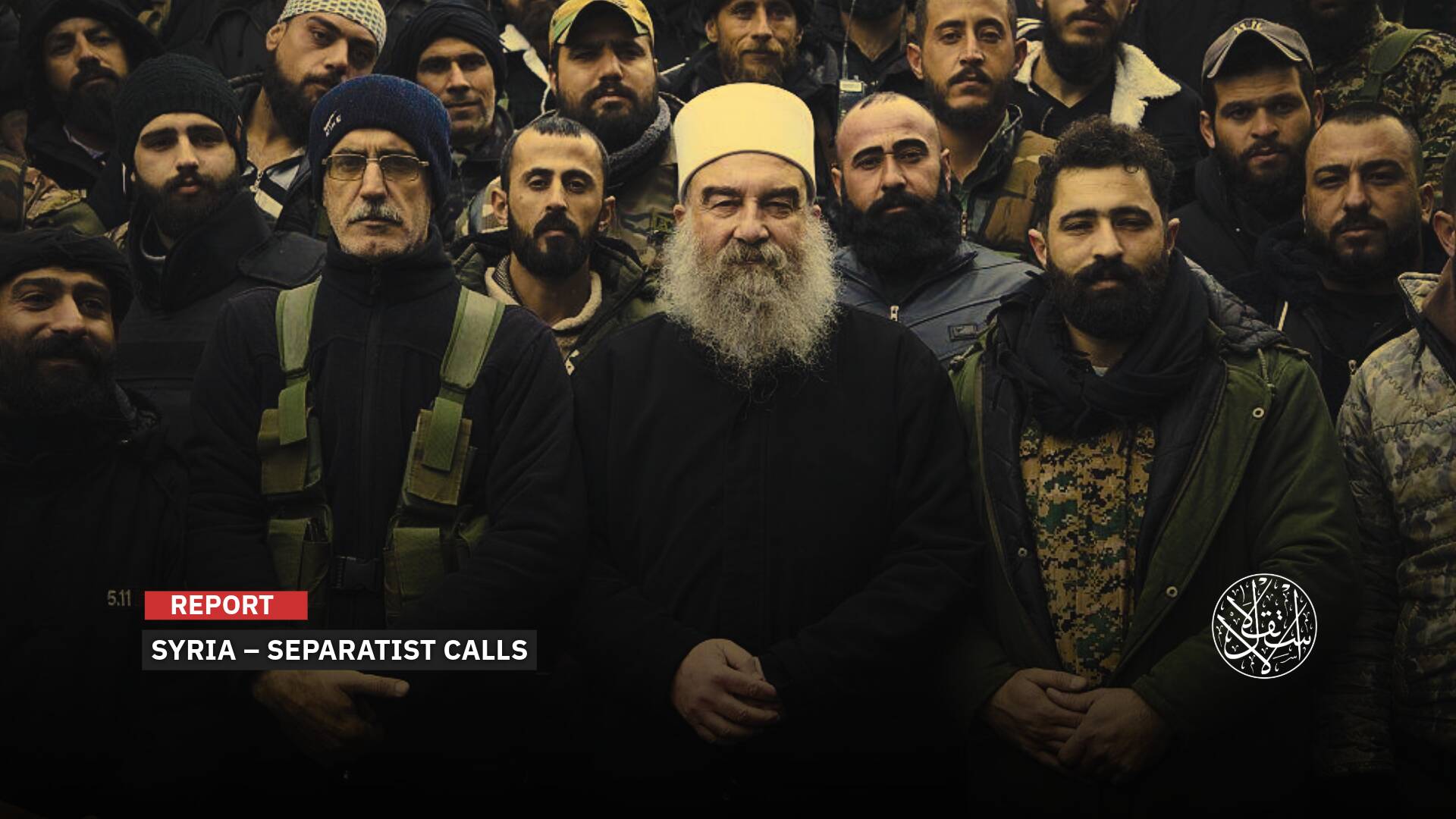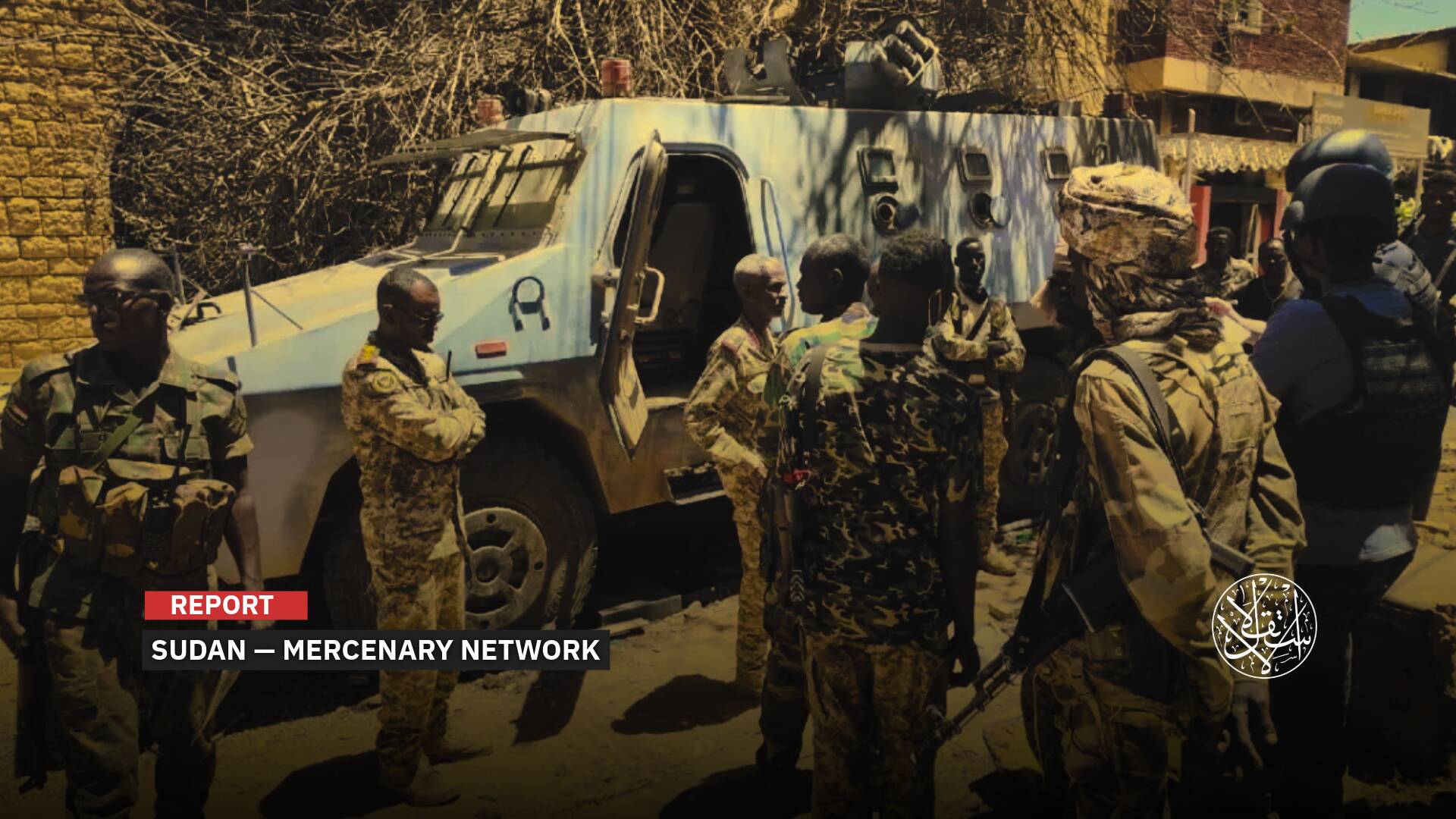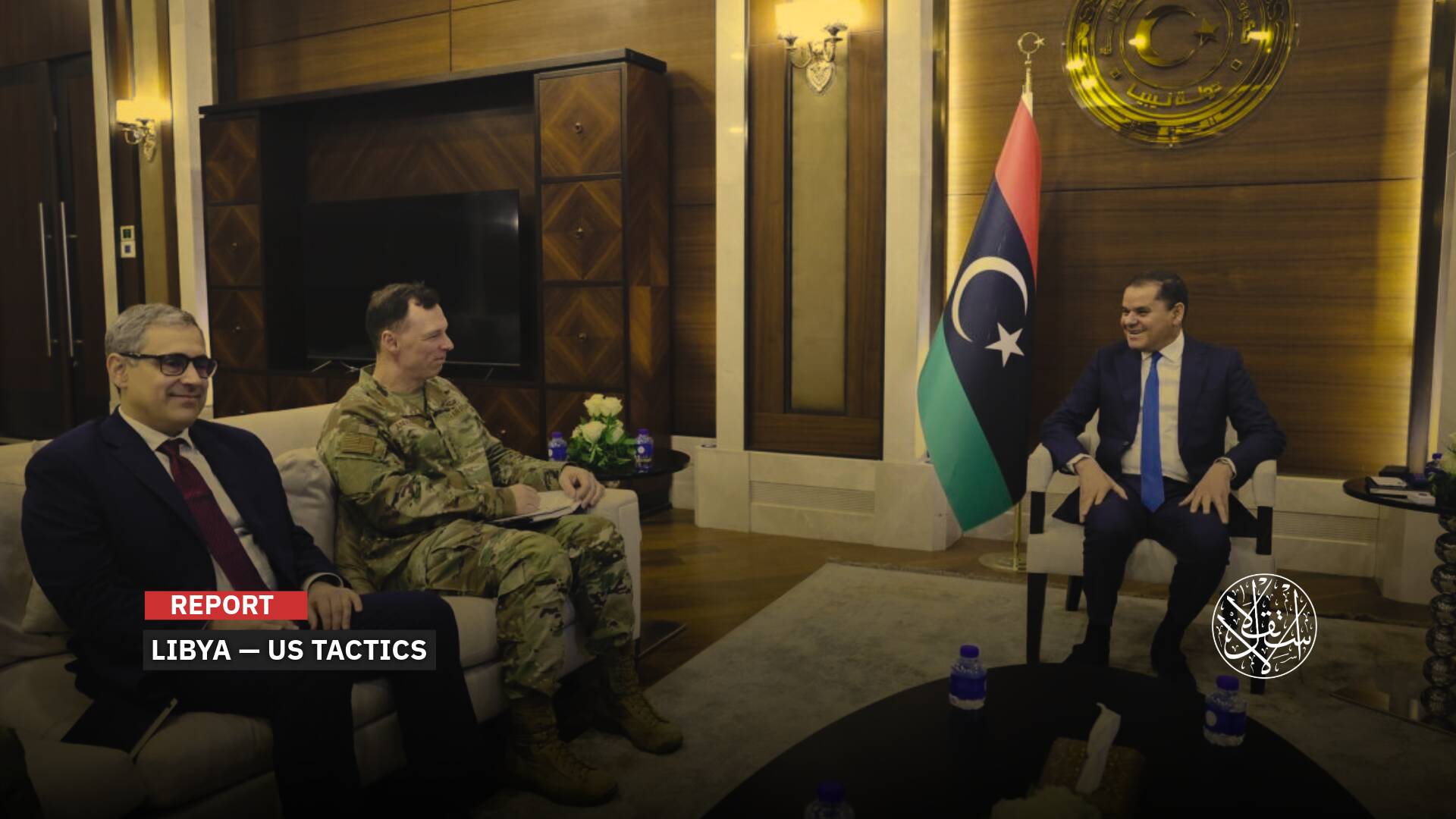How Iran's Media Machine is Demonizing the New Syria

The sectarian lamentations against the rebellious Syrian people have not ceased since 2012.
Since the fall of Bashar al-Assad’s regime, Iran has spared no effort in using media to disrupt the new Syrian state or support remnants of the old regime to create chaos by targeting the new security forces.
Not only has Iran refused to recognize the authority of the new Syrian government following the ousting of its ally Assad on December 8, 2024, but it has also actively fueled anti-government sentiment among its loyalists against Syria’s new rulers.
Attacking al-Sharaa
Iranian state media, including news agencies, continue to spread reports that “increase tensions and stir the emotions of Syrians.”
So much so that the official Islamic Republic News Agency (IRNA) describes Syria's new security forces as “al-Jolani’s loyalists,” in reference to the Syrian President Ahmed al-Sharaa, formerly known as “Abu Muhammad al-Jolani.”
What is even more striking is the involvement of Shiite Husayniyyas, particularly in Iraq, loyal to Iran, in composing sectarian songs attacking Syrian President al-Sharaa.
On March 22, 2025, Iraqi Shiite Karrar al-Karbalaei released a new Shiite lamentation (latmiyyat: rhythmic mourning poems or elegies) threatening al-Sharaa and the Syrians with “death soon.”
The words of the lamentation, shared by the singer on his YouTube channel, state: “Jolani is a version of Shimr, inheritor of betrayal from his ancestors [..] a ruler who rules after captivity, and under his state, blood thrives [..] Hajjaj, who slaughters with his own hands.”
Al-Karbalaei was referring to Shimr ibn Dhi al-Jawshan, the commander of the division that killed Imam Hussein, the son of the caliph Ali ibn Abi Talib.
He also repeated words urging Shiite religious leaders to issue fatwas legitimizing the fight against the new Syrian state.
In the same lamentation, he said: “Tomorrow, the scholars will issue a fatwa [..] We will thunder in his land [..] and repeat the actions of his ancestors to take his soul.”
Hussein, the grandson of Prophet Muhammad, and 72 of his relatives were martyred in the “Battle of Karbala” when Yazid bin Mu’awiya was the caliph of Muslims.
After the fall of the Assad regime, the entry of Shiite pilgrims into Syria to visit holy sites, most notably the shrine of al-Sayyida Zaynab, daughter of the fourth caliph Ali ibn Abi Talib, nearly ceased.
When Iran intervened militarily in Syria in 2012 to support Assad in killing Syrians and suppressing the revolution that erupted on March 18, 2011, Tehran raised the slogan “Zaynab will not be captured twice.”
This slogan was enough to motivate tens of thousands of Shiite militias from Lebanon, Iraq, Iran, Pakistan, and Afghanistan to travel to Syria and fight to “protect” this shrine.
It is notable that the street names leading to the shrine of al-Sayyida Zaynab have changed, with Iran naming them with Shiite symbols like “Martyrs Square,” “al-Hawra,” and “Fatimiyah,” along with signs written in Persian.
Foreign fighters, referred to as “Defenders of the Shrine,” a term used by Iran for volunteers defending the “holy shrines of the Ahl al-Bayt in Iraq and Syria,” played a significant role in killing and displacing Syrians.
Iran and its proxies carried out systematic killings in Syria, including dozens of massacres driven by sectarian motives during the suppression of the revolution, according to human rights organizations.
On February 17, 2022, human rights lawyers filed requests with the International Criminal Court for an initial investigation into Iran and its militias' role in committing war crimes in Syria.
From 1970 to 2011, al-Sayyida Zaynab neighborhood remained largely unaffected by Shiite sectarianism, despite the presence of the shrine, which holds significant symbolic importance for Shiites worldwide.
Before the fall of Assad, tens of thousands of Shiites from various nationalities visited Syria monthly, while Tehran sent 100,000 “Iranian pilgrims” to the country annually under an agreement with the Ministry of Tourism at the time.
After the fall of the Assad regime, the new Syrian state took new measures to ensure that the visits of Shiites would not be exploited for suspicious purposes linked to past military activity.

A Revengeful State
Since Iran's intervention in Syria, Shiite lamentations have spread, attacking Syrian opposition factions, labeling them with sectarian terms, and calling for their extermination and displacement from their towns under the guise of “fighting takfiris.”
In reality, this has been a means to rally support against the Syrian revolution and gain acceptance for its suppression by recruiting more Shiite fighters within Iranian-backed militias operating in Syria.
“These lamentations continue to inflame Syrian emotions, threatening national cohesion—a cornerstone of the country’s new chapter after dismantling Iran’s project of dominance and submission, long backed by Assad to preserve his grip on power,” Syrian social researcher Hossam Abdul-Ghani told Al-Estiklal.
“The work of the Iran-aligned media machine in the region against the new Syrian state could generate a vengeful sentiment from the remnants of Iran's militias hiding in Syria, unable to flee the country.”
“The mobilization by Iran's arms and those orbiting in its sphere against Syria after the fall of Assad reflects the true stance of Iran's hostility towards the new Syrian state and its leaders,” Abdul-Ghani added.
A video released in January 2025 showing an Iraqi police military parade where elements trample on the flag of the new Syrian Arab Republic caused widespread indignation and disapproval. Some forces and militias linked to Iran are working to promote these actions to the public opinion.
“This image shows the drawing of Syria's flag, the neighboring and twin sister, on the ground, in an unjustified hostile message towards the new Syrian administration,” Iraqi journalist Mashan al-Jabouri posted on X.
“This act wounds the feelings of our Syrian brothers and reflects inappropriate behavior that does not represent brotherhood and neighborhood.”
“It’s unfortunate that government authorities failed to remove it, and even more troubling that law enforcement simply ignored it!” he added.
Old Approach
For over a decade, Shiite religious figures have been chanting sectarian slogans from the heart of Syria or calling for “revenge” for the killing of Hussein from the Umayyad Mosque in Damascus, with no objection or interference from the Assad regime.
Notably, since 2013, Iran has used Shiite lamentations to serve the military machine of its militias fighting in Syria.
In 2013, Iraqi social media accounts published lamentations inciting the killing of Syrians opposed to the ousted Assad regime.
The lamentation performed by Haidar al-Attar at the time included the lines, “A spark from Daraa and an enemy from Harasta, we await the first sign.”
Daraa is considered the birthplace of the revolution, with March 18, 2011, marking its beginning after the killing of Hussam Abdul Wali Ayyash and Mahmoud Qatish al-Jawabra, from Daraa, by Assad's security forces during a demonstration there.
Harasta, located in the Damascus countryside, saw fierce battles at that time between the opposition's Free Syrian Army and Assad's forces and Iranian militias, as the opposition controlled several towns in rural Damascus.
Also, in 2013, a Shiite lamentation spread, explicitly calling for the killing of people from the areas of Aleppo province, which the opposition had managed to seize large areas of, expelling Assad's forces.
The lamentation at the time said, “The fire broke out in Aleppo, and we did wonders,” referring to the involvement of Shiite militias alongside Assad's forces.
In 2014, Iran directed its militias towards the city of Aleppo, headed by the Iraqi al-Nujaba Movement, Lebanese and Iraqi Hezbollah, as well as the Zainabiyoun brigade from Pakistan and Liwa Fatemiyoun from Afghanistan. They committed dozens of massacres there, and this campaign ended with the displacement of most of the residents of eastern Aleppo neighborhoods by the end of 2016.
These militias were led by Iranian Brigadier General Javad Ghaffari, the commander of Iran's loyal militias in Syria, who personally took charge of the military preparations for the battle to capture the eastern neighborhoods of Aleppo starting in 2014, under a military campaign named “The March of the Aunts.”
The campaign resulted in the deaths of hundreds of civilians and the displacement of hundreds of thousands from these neighborhoods to opposition-controlled areas by the end of 2016. It followed a fierce military campaign by Assad's forces, with Russian and Iranian support. At that time, Javad Ghaffari was nicknamed the “Butcher of Aleppo.”
In late November 2015, Ali Saeedi, representative of Iranian Supreme Leader Ali Khamenei in the Revolutionary Guards, stated that without Tehran's intervention to support Assad's regime, “Iran, Iraq, Lebanon, and Syria would have been lost.”
Sources
- Lamentation Stirs Controversy and Attacks al-Sharaa [Arabic]
- In A Hateful Sectarian Manner: Iraqi Militias Trample 'Syria's Flag' In Front of Religious Shrine in Iraq [Arabic]
- Iranian Lamentation: 'The Fire Broke Out in Aleppo, And We Did Wonders' [Arabic]
- Al-Sharaa Arrives in Latakia Governorate for His First Visit to Syria's Coastal Areas Since His Inauguration as President [Arabic]


